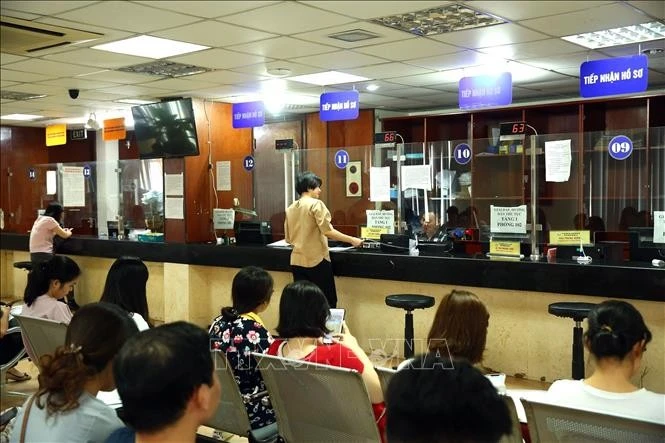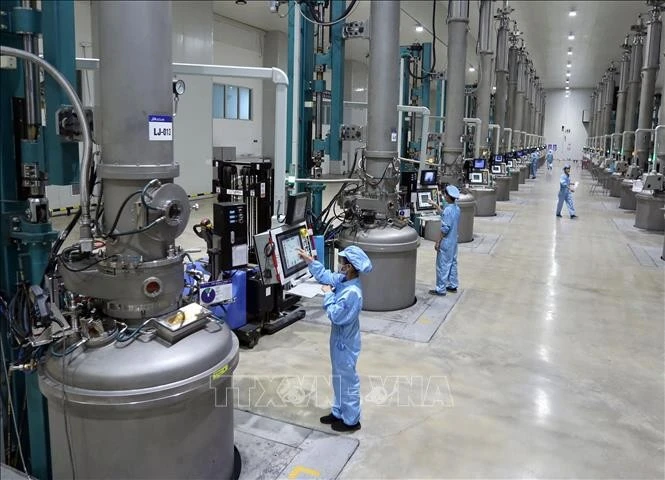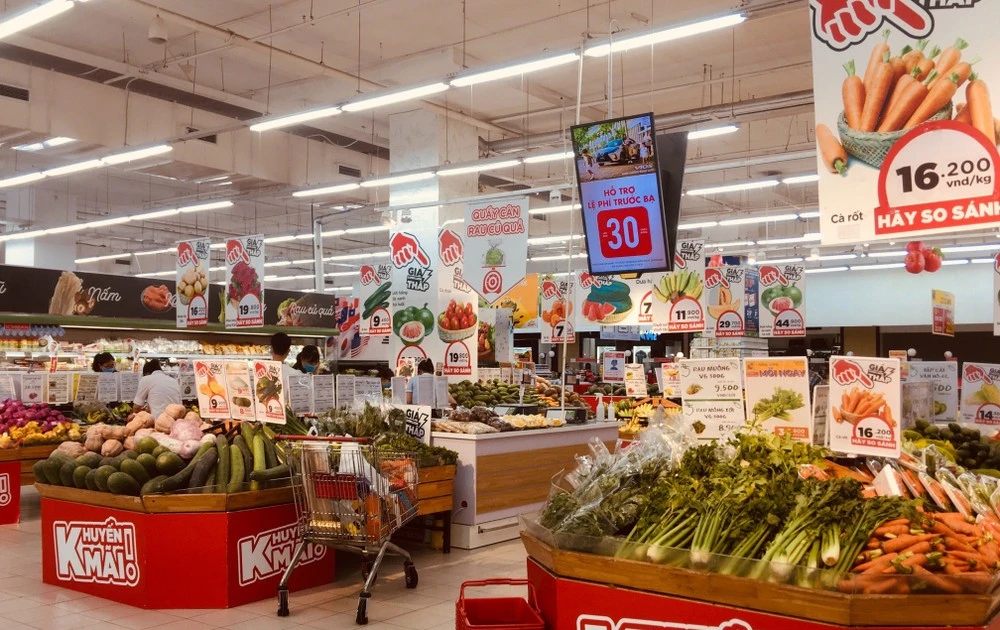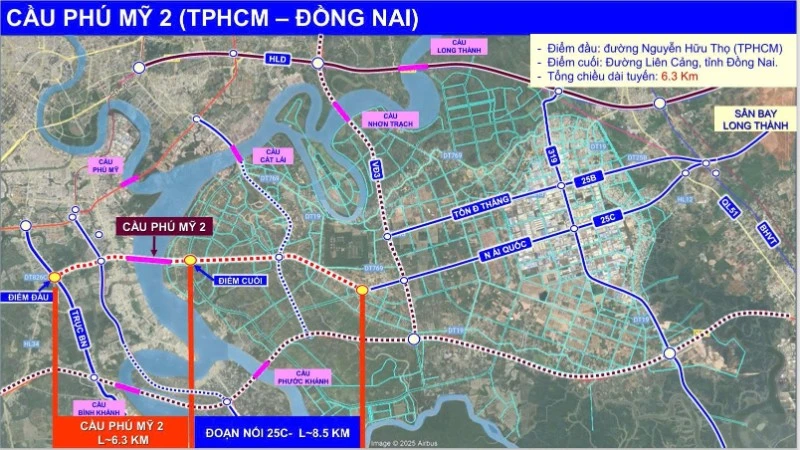However, to truly strengthen its appeal to international investors, multinational corporations and reputable financial institutions, the city must first address its current bottlenecks.
A composite advantage of three strengths
The combination of three distinct strengths, like the three legs of a tripod, has created a complete and mutually supportive economic ecosystem.
The pre-merger Ho Chi Minh City serves as the financial, commercial and premium service centre, home to banks, securities firms, insurance companies and professional consulting services.
The former Binh Duong Province has its strength in advanced manufacturing and exceptional capacity to attract foreign investment.
The former Ba Ria-Vung Tau Province offers the advantage of deep-water ports, a diverse energy sector spanning from traditional oil and gas to modern renewable energy, along with abundant marine tourism potential.
According to Tran Thi My Xuan from Thu Dau Mot University, the merger of Ho Chi Minh City with Binh Duong and Ba Ria-Vung Tau is forming a strategic “urban-service-innovation triangle” for the entire southern region. If the former Ho Chi Minh City serves as the cultural and creative core, the former Binh Duong provides the modern manufacturing foundation, while the former Ba Ria-Vung Tau complements with high-end marine and resort tourism services, thereby expanding the service ecosystem and enhancing regional competitiveness.
Nevertheless, experts note that Ho Chi Minh City is facing major challenges that must be resolved swiftly if it is to become a distinctive megacity. Specifically, after the merger, the separate plans of the three former localities have not yet been fully integrated or harmonised, resulting in overlapping functions and a lack of coordinated development space.
This remains a major constraint, reducing the efficiency of regional linkages. Logistics services are not yet tightly connected with seaports and industrial zones, nor effectively linked with transport and trade infrastructure. This weak connectivity diminishes resource efficiency, limits growth potential and weakens competitiveness compared with other international service hubs.
Logistics costs in Viet Nam still account for 16-17% of GDP, a notably high figure compared with other countries in the region (Japan 11%, Singapore 8%, Malaysia 13%, Indonesia 13%). The main causes are limited multimodal connectivity among maritime, road, rail and air transport, along with a low level of supply chain digitalisation. Infrastructure congestion remains a major challenge. Such high costs constitute a significant barrier to Viet Nam’s overall competitiveness, including that of Ho Chi Minh City.
In addition, the shortage of high-quality human resources is another bottleneck in the city’s development process. Key sectors such as big data, AI, international finance and logistics 4.0 face severe shortages of internationally qualified professionals. This not only affects the ability to attract foreign direct investment (FDI) but also slows the pace of development.
Three breakthroughs
The digital transformation trend and the Fourth Industrial Revolution are opening up unprecedented opportunities for Ho Chi Minh City to develop advanced digital services, financial technology, large-scale e-commerce and other high-tech services such as artificial intelligence, blockchain and the Internet of Things.
The city also has the potential to become an indispensable link in the global service value chain, particularly in fields such as IT outsourcing, cross-border financial services, logistics and international supply chain management.
With a total seaport clearance capacity of up to 32.7 million TEUs per year once ongoing projects are completed, the city will be able to compete directly with Singapore (37 million TEUs per year) and other major ports in the region.
According to Cao Minh Nghia from the Ho Chi Minh City Institute for Development Studies, to realise the goal of becoming an international megacity of Southeast Asia and one of the world’s top 100 most liveable cities, it is essential to devise and implement breakthrough solutions for key service sectors. These solutions must maximise the synergies arising from the merger, address existing bottlenecks, and anticipate global development trends.
The focus should be on developing core sectors such as finance, banking, insurance, e-commerce, high-end tourism, logistics, and high-quality healthcare and education. The Fourth Industrial Revolution, with the boom of the digital economy, green economy and circular economy, offers major opportunities for the city to restructure its economy and shift towards rapid, sustainable growth.
To lay the groundwork for Ho Chi Minh City’s advancement, experts suggest focusing on three breakthroughs: institutions and policies, connectivity infrastructure, and a diverse service ecosystem.
In terms of connectivity infrastructure, several strategic projects that are underway or nearing completion will create vast new growth potential. Tan Son Nhat’s Terminal T3 and Long Thanh International Airport in Dong Nai Province will serve as key drivers for aviation, transport and tourism services. The ongoing Ring Road 3 and Ring Road 4 projects will shorten cargo transport times and enhance regional competitiveness. Meanwhile, the Cai Mep-Thi Vai seaport system, among the world’s 20 largest container ports, will provide a foundation for developing modern logistics and regional distribution centres.
















